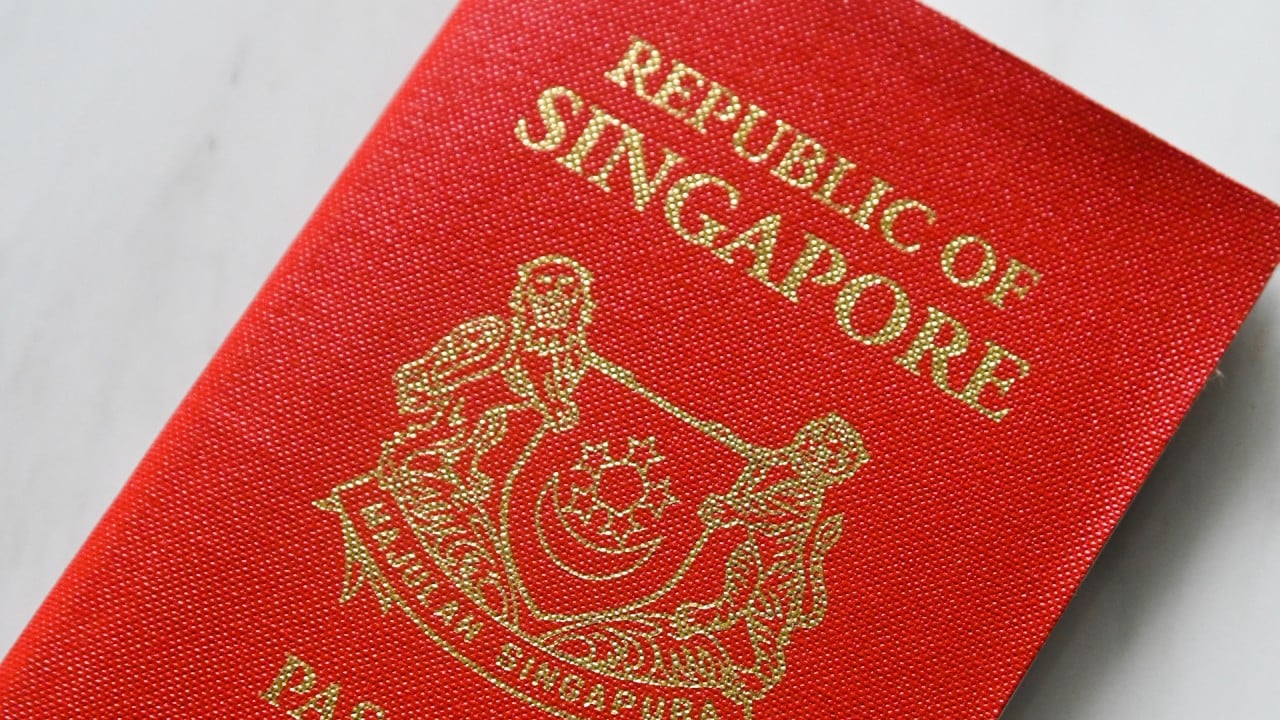
Singapore ties with Zurich as world’s most expensive city to live while Hong Kong slips one spot to fifth in latest EIU study
- The city state ‘has the world’s highest transport prices’ and is ‘among the most expensive places for clothing, groceries and alcohol’
- Four mainland Chinese cities saw their rankings plunge amid a weaker yuan and subdued consumer demand
“The city state has the world’s highest transport prices, owing to strict government controls on car numbers. It is also among the most expensive cities for clothing, groceries and alcohol, due to its success as a premier location for business investment.”
The property consultancy forecast that rents are likely to moderate in the coming quarters as the number of new residential units catches up with demand.
About 9,000 private homes were completed in the third quarter, the highest new supply tally since the second quarter of 2016.
For the whole of 2023, about 20,400 private residential units are expected to be completed, the highest annual number since 2017, Knight Frank said.
Four mainland Chinese cities, meanwhile, were among those that saw their rankings drop the most in the past 12 months.
Singapore offers one-time rebate up to 100% for homeowners over property tax rise
Both Nanjing and Wuxi fell 31 places to land in 77th place, while both Beijing and Dalian plunged by 26 notches to tie in the 60th spot.
New York, which took first place in 2022 alongside Singapore, fell to third spot and tied with another Swiss city, Geneva, this year.
“Many cities across the world continue to struggle with a cost-of-living crisis [that] has sent prices soaring over the past two years,” the report said.
Hong Kong sees record 6 failed land tenders amid high interest rates: Colliers
“This year’s survey, which was conducted between August 14 and September 11, 2023, found that, on average, prices had risen by 7.4 per cent year on year in local currency terms for over 200 commonly used goods and services.
“This is slightly below the 8.1 per cent increase reported in last year’s survey, but significantly higher than the trend in 2017 to 2021.”
Inflation is likely to decelerate further in 2024, “easing price rises globally”, said Upasana Dutt, head of worldwide cost of living at EIU.
Data for the survey was compiled based on more than 400 individual prices across 200 products and services.


